Native American Heritage Month
Submitted: Nov. 16, 2023, 3:40 p.m.
November is Native American Heritage Month, so we thought we would highlight some plants in the Garden whose histories are intertwined with Native American culture.
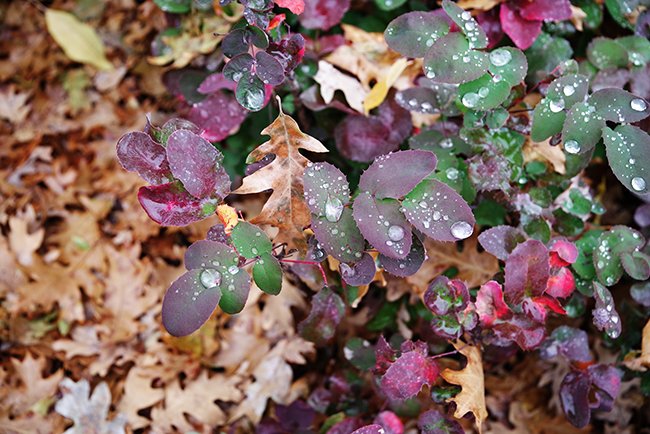
Oregon Grape (Mahonia repens)
Native American Tribes use this shrub for food, medicine, dye, and ceremony. The berries are edible, but some Tribes, such as the Blackfoot, only ate them when there was nothing else around. Others, like the Kutenai Tribe, mash the berries with milk and sugar to make a dessert.
Different Tribes use the same plants, but may have different types of uses, or may prepare the plant differently. The Havasupai Tribe use the roots of this plant to treat headaches, colds, and stomach upset. The Paiute use the roots as a blood purifier and to thicken the blood of a hemophiliac. The Blackfoot Tribe use the roots to make a yellow dye.
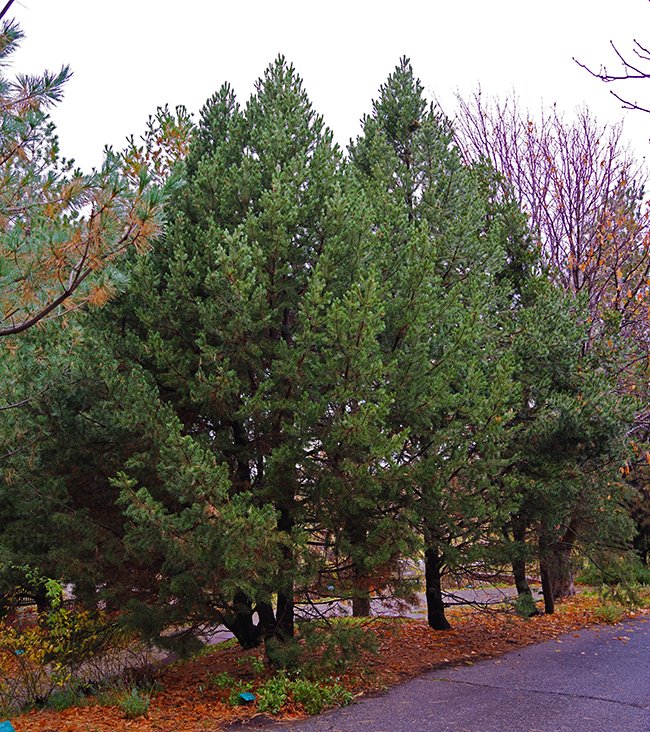
Two-needle Pinyon (Pinus edulis)
Have you ever had a pine nut? This is one of the species that produces pine nuts in their cones. Pine nuts are a prized staple food source for many Tribes.
The needles and pitch from the tree also have medicinal value. The pitch or resin is turned into a salve and used on open sores. The Keres Tribe make an infusion from the needles to ingest and clean the stomach.
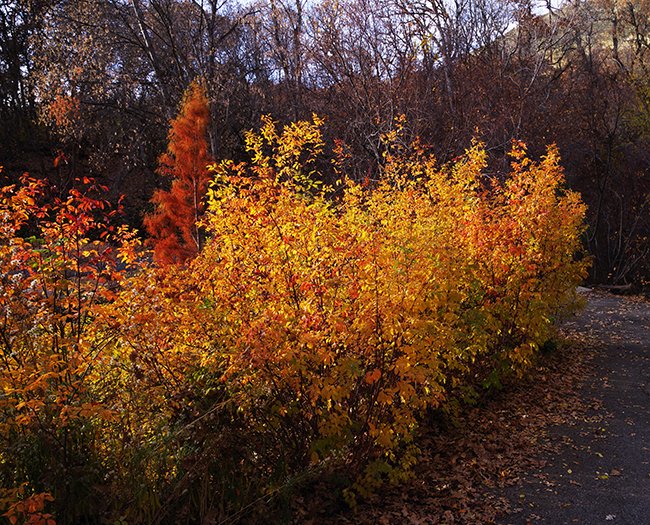
Woods' Rose (Rosa woodsii)
As far as uses go, this plant has it all. It's used for food, medicine, fiber, tools, and dye. The Okanagan Tribe make a poultice of chewed leaves and apply to bee stings. A common use amongst Tribes is making a decoction of the roots and inner bark for treating colds. The hips are used to make tea, jams, and jellys. The leaves are placed in moccasins to treat athletes foot. To some Tribes it is known as a good luck charm plant.
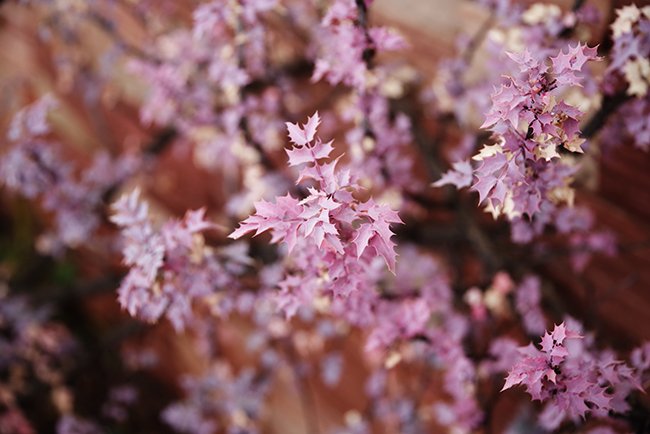
Fremont's Mahonia (Mahonia fremontii)
The berries from this shrub are eaten raw or made into a beverage. The Zuni use the crushed berries as a purple coloring for the skin and to paint objects used in ceremonies.
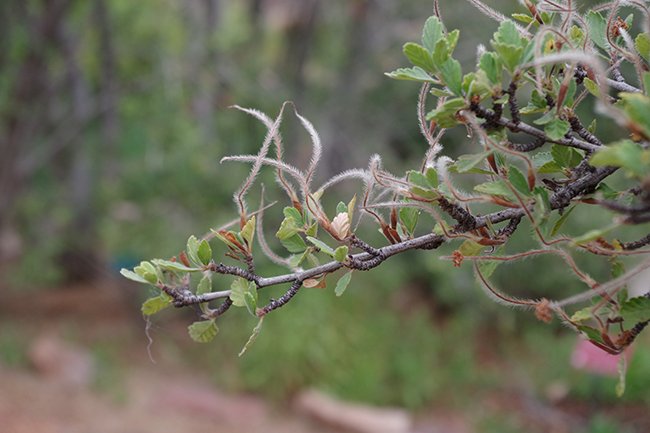
True Mountain Mahogany (Cercocarpus montanus)
Many Tribes use the bark from this shrub to make a red dye. Navajo use the roots and bark for stomach troubles as well as to help women recover from postpartum. The Keres Tribe tie bunches of the branches together to make a broom. They also use the wood to make tools such as arrow points.
While these plants have been used in the past, they are still used today by Native Americans. Unfortunately, a lot of this knowledge is dying with the Elders. It is important to keep this knowledge alive, for many generations to come.
Much of the modern medicine and advancements we have today can be attributed to the knowledge acquired by indigenous people, including Native Americans, and cultures from around the world.
It's a great month to honor their culture, and everything we have learned from them.
In addition to the plants highlighted in this post, the Children's Garden has a dedicated space that displays plants that are significant to Native American Tribes. Come visit the plants that have a deeper meaning than just a pretty flower in the Garden.
Photos by, Heidi M. Simper